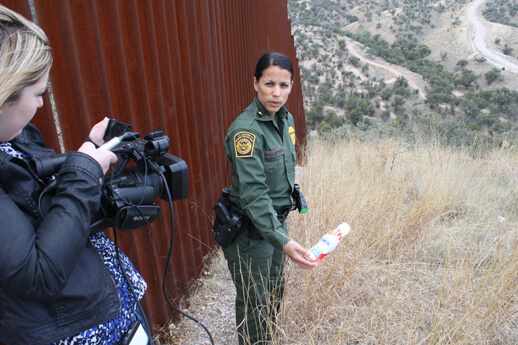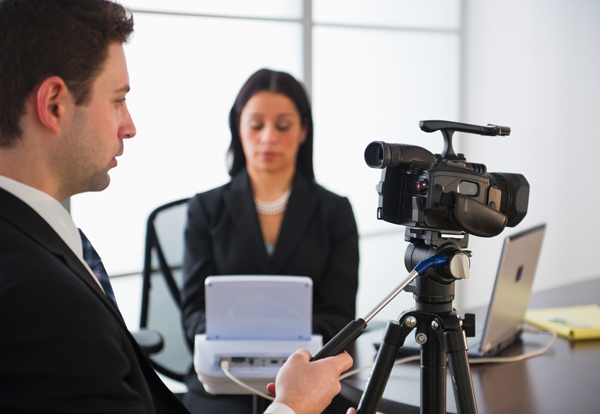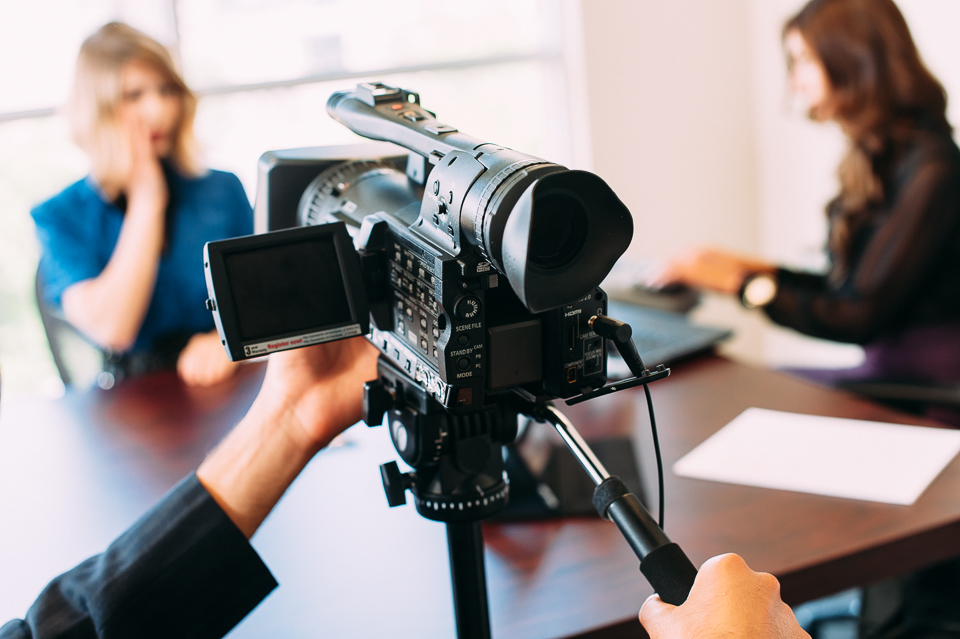The Ultimate Overview to Legal Videography for Lawyer and Legal Teams
The Ultimate Overview to Legal Videography for Lawyer and Legal Teams
Blog Article
Looking Into the Devices of Legal Videography: Unveiling Its Procedure in Shielding Authentic Visual Testament for Judicial Procedures
In the realm of judicial procedures, the role of lawful videography stands as a keystone in protecting and offering visual evidence. As modern technology proceeds to development, the devices behind lawful videography have come to be increasingly intricate, offering an essential layer of credibility to testaments captured on video.
Historical Evolution of Lawful Videography
Checking out the historic development of legal videography discloses a significant improvement in the capturing and discussion of aesthetic evidence within the lawful landscape. In the past, legal process greatly counted on written photos and records to record occasions and give proof. With the advent of video clip innovation, the lawful industry witnessed a standard shift in exactly how aesthetic testament was caught and offered.
The development of lawful videography can be mapped back to the late 20th century when advancements in video clip recording tools made it more accessible for use in courtrooms. This technical improvement not just enhanced the accuracy and integrity of aesthetic evidence but likewise changed the way cases existed to judges and courts (Legal Videography). Attorneys began to recognize the influential power of video recordings in conveying emotions, subtleties, and non-verbal cues that written records or pictures alone could not record properly

Technology Innovations in Video Clip Documentation
What key technical advancements have reinvented video documentation in the lawful field? The lawful field has actually seen substantial developments in video paperwork modern technology that have improved the credibility and dependability of aesthetic evidence in judicial process. Among the crucial developments is high-definition (HD) video clip recording capabilities, which supply crystal-clear images and sharp details that are essential for properly catching testaments, faces, and other visual signs. Additionally, the combination of timestamping and metadata functions in video clip documents tools has allowed accurate paperwork of when and where the video clip was recorded, guaranteeing the integrity of the proof offered in court.
Moreover, innovations in video clip encryption and watermarking modern technologies have actually strengthened the protection and tamper-proof nature of video evidence, guarding it against unapproved alterations or tampering. The advent of cloud storage space options and remote accessibility abilities has structured the storage space, access, and sharing of video evidence, facilitating smooth partnership among lawful specialists and making certain reliable access to crucial aesthetic statements when needed. These technological innovations in video documents have actually most certainly transformed the lawful field, enhancing the accuracy, reputation, and admissibility of visual evidence in judicial process.
Function of Lawful Videographers in Court Setups
The advancement of video documents innovation in the legal field has necessitated an important role for lawful videographers in court room settings, ensuring the honesty and integrity of visual statements offered throughout judicial proceedings. Lawful videographers play an essential role in recording and protecting accurate visual proof that can be pivotal in court cases. Their obligation extends to establishing devices, videotaping procedures, and generating high-grade videos that accurately mirror the occasions in the court.
In courtroom setups, legal videographers must try this web-site adhere to rigorous guidelines and standards to preserve the credibility of the aesthetic record. They must have a keen eye for detail and an extensive understanding of legal treatments to ensure that the video they capture is a real depiction of the occasions that transpired. In addition, lawful videographers usually work carefully with legal teams to ensure that the video clip proof lines up with the situation's demands and can be efficiently offered in court to support the lawful debates being made. On the whole, the duty of lawful videographers in court setups is indispensable in maintaining the concepts of justice and guaranteeing the transparency of lawful proceedings.

Ensuring Admissibility and Honesty of Video Clip Proof
To maintain the reputation of visual evidence presented in lawful process, ensuring the admissibility and integrity of video clip evidence is a critical responsibility for legal videographers. Admissibility describes the acceptance of evidence by the court, and for video clip evidence to be acceptable, it has to satisfy certain criteria. Legal videographers play a crucial role in making certain that the video clips they catch comply with the guidelines of proof, such as integrity, credibility, and significance.
Stability of video clip evidence involves maintaining the creativity and precision of the video footage from the time it is recorded until it is offered in court. This includes safely keeping the video clip data, documenting the chain of guardianship, and avoiding any meddling or changes. Lawful videographers need to follow rigorous methods to guarantee the integrity of the video clip evidence and protect against any type of difficulties to its credibility.
Future Trends in Legal Videography
Given the enhancing reliance on technology in lawful procedures, legal videographers are poised to embrace ingenious developments shaping the future of visual testament capture and presentation. One of the noticeable fads on the horizon is the integration of online fact (VIRTUAL REALITY) and increased reality (AR) innovations into lawful videography. These technologies have the view website potential to change exactly how visual evidence is presented in courts, permitting juries and judges to immerse themselves in the scene of the criminal offense or event.
In addition, using expert system (AI) algorithms for video clip evaluation is anticipated to streamline the procedure of examining and assessing large amounts of video clip footage. AI can assist in determining vital moments, anomalies, and patterns within videos, improving the efficiency of lawful investigations.

Verdict
In conclusion, legal videography has actually played a critical duty in offering authentic visual evidence for judicial process. Via technological advancements and the knowledge of lawful videographers, the integrity and admissibility of video clip proof are guaranteed in court room settings. As legal videography remains to progress, it will my website be vital to copyright requirements that maintain the accuracy and integrity of visual testament for the future of legal proceedings.
Examining the historical progression of lawful videography exposes a substantial change in the catching and discussion of visual proof within the lawful landscape.The development of video documentation innovation in the lawful field has actually demanded an essential duty for legal videographers in court setups, guaranteeing the stability and integrity of aesthetic testimonies presented during judicial procedures. Additionally, legal videographers typically function very closely with legal groups to ensure that the video proof lines up with the situation's demands and can be successfully provided in court to support the lawful debates being made.To keep the credibility of visual evidence offered in lawful proceedings, making certain the admissibility and honesty of video evidence is an essential obligation for legal videographers. As lawful videography proceeds to progress, it will certainly be necessary to support requirements that preserve the precision and integrity of visual testament for the future of legal process.
Report this page